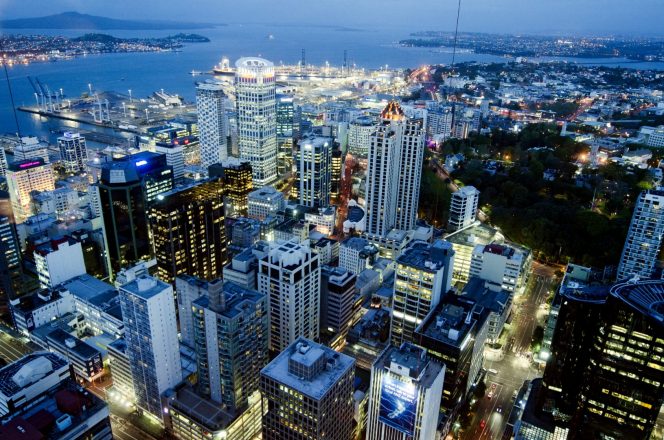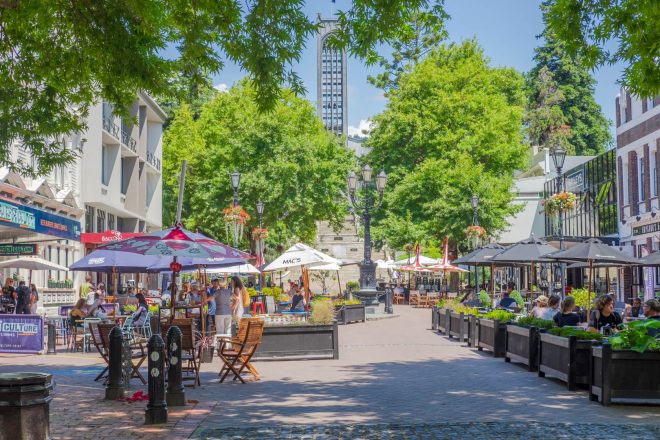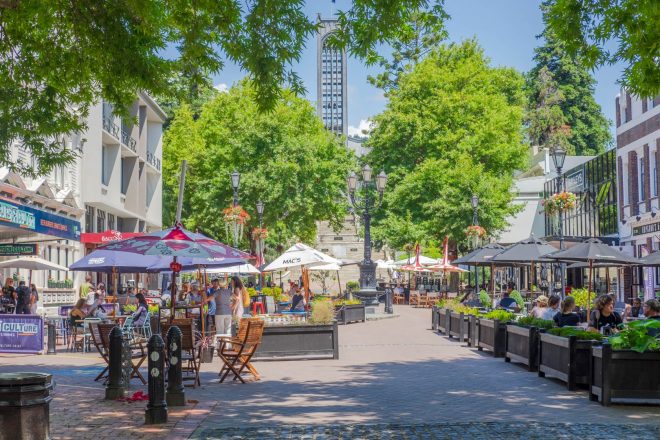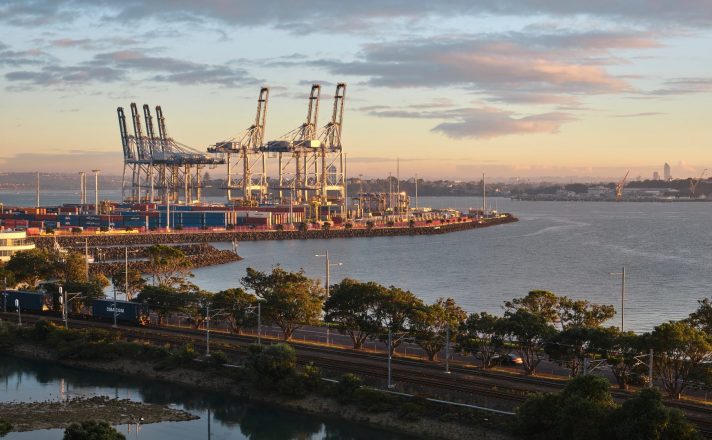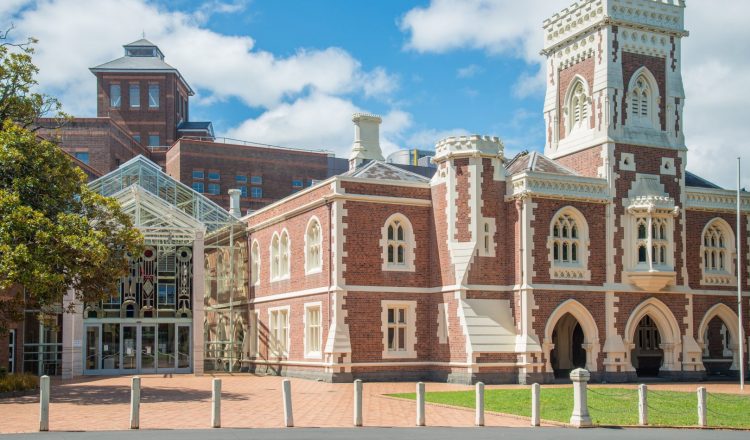本地子公司的申报要求
任何在新西兰注册的公司(即当地子公司)都必须遵守以下申报和持续的年度合规要求:
(a) 向公司办公室提交周年申报表,确认某些公司详情(包括注册办事处、董事、最终控股公司(如有)及公司股东);
(b) 举行公司股东年度会议(或通过书面股东决议代替召开会议);及
(c) 编制并审计符合新西兰公认的公认会计惯例的年度财务报表,条件是该公司是 (I) “FMC 报告实体”;(II) “大型” 公司;(III) 拥有 10 名或更多股东但未 “选择退出” 的公司;或 (IV) a“选择加入” 合规的股东少于 10 名的公司。如果有关实体是 “FMC 报告实体”,年度财务报表也必须在余额日期后 5 个月内向公司办公室提交;如果实体是拥有 25% 或更多海外所有权的 “大型” 公司,则在余额日期后的 4 个月内提交年度财务报表。
“FMC 报告实体” 包括受监管产品(包括金融产品)的发行人、所有注册银行、建筑协会、信用社以及金融市场管理局许可的某些实体。但是,本身发行有表决权股份的公司如果股东少于 50 人或 50 个股份,则不包括在这一定义之外。
拥有 25% 或以上海外所有权的公司必须准备、审计并向公司办公室提交年度财务报表,如果该公司是 “大型” 的公司。如果适用以下情况之一,此类公司将是 “大型” 公司:
(a) 截至前两个会计期的余额日,该公司及其附属公司的总资产(如有)超过 2,000 万新西兰元 ;或
(b) 在前两个会计期间,该公司及其附属公司的总收入(如有)超过 1000 万新西兰元。
任何审计师如果审计联合会报告实体的财务报表,都必须持有金融市场管理局颁发的许可证(或者,如果是审计公司,则须向其注册)颁发的许可证。要求编制财务报表的其他公司的审计员必须是 “合格的” 审计员(根据 2013 年《财务报告法》的定义)。
没有必要编制单独的 “母公司” 财务报表以及 “集团” 财务报表。如果一家公司有一家或多家子公司,那么只需编制有关该公司集团的财务报表就足够了。

















































